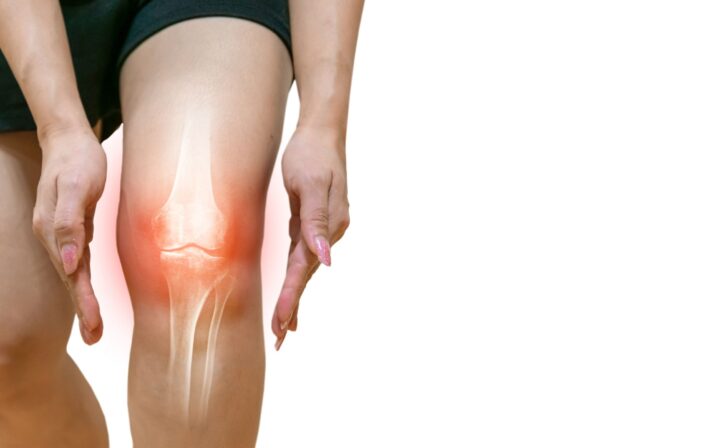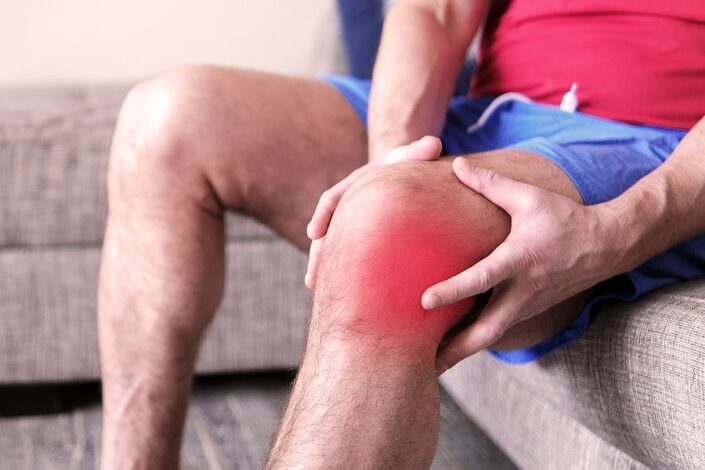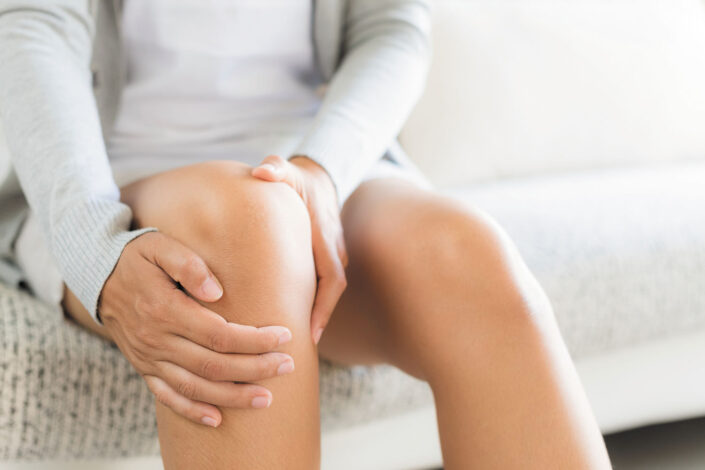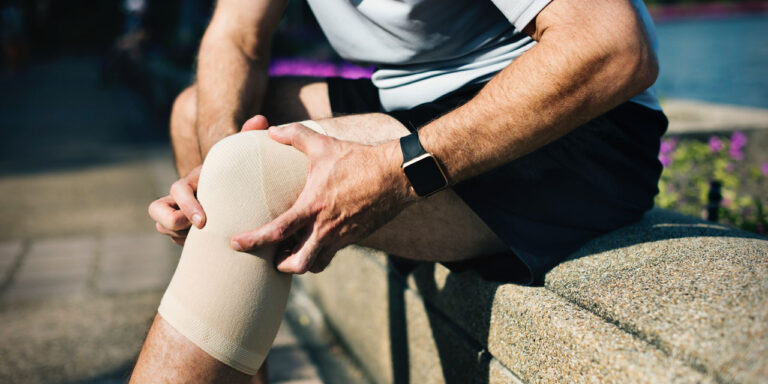When it comes to our overall health, the condition of the cartilage in our knees plays a major role. It can be the determining factor between an active lifestyle and being prone to chronic knee pain. Understanding how to take care of your knee cartilage is key to maintaining healthy joints and avoiding pain.
In this article, we will explore what knee cartilage is, why it’s important for joint health, and how you can improve its condition to reduce or eliminate any discomfort you may feel in your knees. Taking preventative measures now can save you from long-term issues later down the line; so let’s dive into understanding more about knee cartilage!
What is Knee Cartilage?

Knee cartilage is a vital component of the knee joint – it’s what helps keep everything together. This specialized tissue provides cushioning and shock absorption between bones, allowing them to glide smoothly and without pain during movement. It also helps distribute weight evenly across the joint, reducing stress in any one area.
Over time, however, this cartilage can become damaged or worn away due to injury or aging. When this happens, patients may experience pain and decreased mobility in their knees as well as an increased risk of developing osteoarthritis.
Fortunately, there are multiple treatments available that can help improve joint health while relieving debilitating pain associated with damaged knee cartilage.
How Does it Impact Joint Health?
Knee cartilage plays a vital role in joint health, as it acts as a cushion between the bones and helps to absorb shocks. Damage to this cartilage can have detrimental effects on both daily activities and long-term joint health. It is important to understand how knee cartilage works to maximize its effectiveness and maintain optimal joint health.
So, how does knee cartilage impact joint health? Healthy knee cartilage provides shock absorption for the joints which helps reduce pain during physical activity. It also allows for smoother movement of the joints by providing lubrication so that they don’t rub against each other when walking or running.
Damaged knee cartilage can result in reduced mobility, increased pain levels, and even arthritis over time if not treated properly. In addition, weakened muscles due to lack of exercise combined with damaged knee cartilage can lead to further damage – leading eventually to osteoarthritis if left untreated for too long.
The best way to protect your knees from potential harm is through regular exercise such as walking or jogging – this will help build strong muscles around the knees that will act as stability for them while performing daily tasks like climbing stairs or kneeling.
Additionally, maintaining an ideal body weight can help reduce strain on the knee joints thus decreasing wear-and-tear caused by excessive stress on them – making sure you get enough rest after exercising is also essential to let these delicate structures heal faster than usual!
Tips to Improve Knee Cartilage and Reduce Pain

- Identifying the Cause of Knee Pain: Before attempting to improve knee cartilage and reduce pain, it is important to identify the underlying cause of your knee pain. Common causes can include injury, arthritis, or other degenerative conditions.
- Maintaining a Healthy Weight: Excess weight puts pressure on joints and can cause inflammation in the body, leading to joint pain. To help relieve this issue, aim for a healthy weight by eating nutritious foods and exercising regularly.
- Stretching Regularly: Stretching helps increase flexibility around injured areas as well as improve blood flow which may help with healing damaged cartilage in the knees. Make sure you are stretching each day for best results – start slowly with low-impact stretches such as yoga or Pilates and then gradually build up the intensity over time if needed.
- Strengthening Muscles Around The Knees: Strong muscles surrounding the knee joint will provide extra support against damaging movements that could lead to further injury or damage existing cartilage structures in the area so strengthening them is key for prevention of further issues around that area. Strength training exercises like squats and lunges should be done with proper form under supervision from an experienced trainer if possible, while also taking into account any previously existing injuries you might have had in order not to aggravate them further during exercise sessions .
- Wearing Supportive Shoes & Orthotics: Having supportive shoes when participating in physical activity can help protect your joints from strain due to shock absorption provided by good quality shoes alongside orthotics (if needed). Additionally wearing protective gear when playing sports activities can reduce the risk of sustaining injuries around that region as they supplement additional cushioning towards foot impacts resulting from running/jumping etc activities.
Conclusion

We discussed various topics such as nutrition, physical therapy, exercise, supplements, lifestyle changes, and cortisone injections.
With all these measures in place, we can be confident that our knees will remain healthy for many years to come. Cortisone injections are one effective method of providing relief from joint pain while promoting the healing of the cartilage in the knee joint. By taking good care of our joints now through proper diet and exercise, we can ensure our long-term mobility and well-being.

